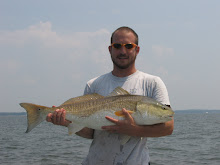This is the basemap for the Alachua County, Florida study area. This map includes public lands, cities, and roads.
This map is made up of the 4 different considerations the couple had for relocating. In each map the green represents the preferred area for the given consideration. The only issue I faced this week was trying to get my environment settings to stay, the settings kept returning to the D: drive, instead of my H: drive.

The first weighted overlay, weight each factor equally. In this situation proximity to the hospital and school carried the same importance as the home values and neighbors ages. When all values are weighted equally the choice places are not all near the school or hospital, the best location for this case is to the west of the hospital. The second weighted overlay takes into account the fact that the clients prefer to be close to work due to traffic congestion. The proximity to work locations now each carry a weight of 40% while the age and home values only carry a weight of 10% each. The result in this case are locations that are much closer to the work locations. My recommendation for the couple is to start looking in tract ID 11(just south of Paradise), this area is close to both work locations (about 2 mi. to each location), has a fairly high percentage of the population in the age range, and also carries above average median home values.















